Designing a hillside garden can be a delightful challenge, and creating sloped flower beds adds both charm and functionality. Sloped flower beds not only prevent soil erosion but also provide a dynamic visual appeal to your landscape. Here are five stunning ideas to transform a sloped garden into a blooming paradise.
1. Terraced Flower Beds
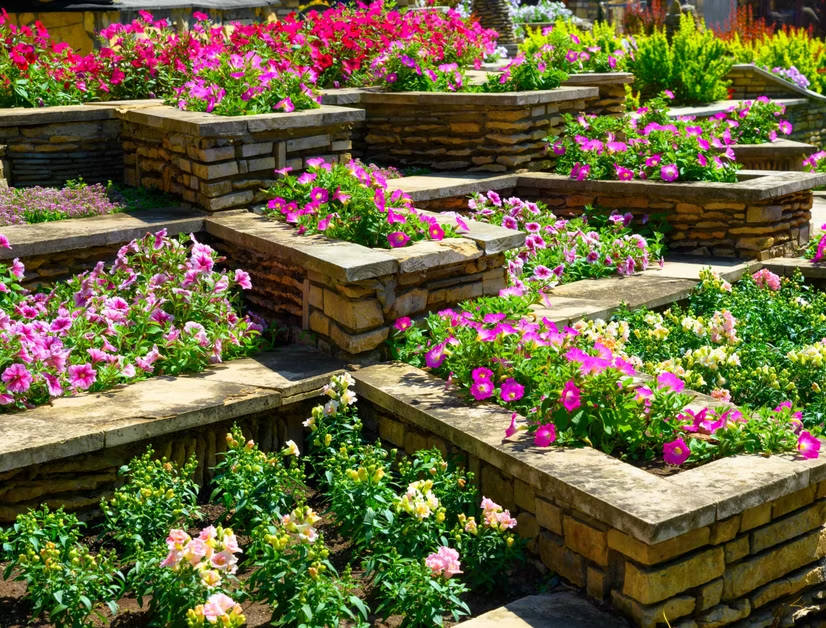
Terraced flower beds are a practical and visually striking solution for sloped gardens. By creating a series of level steps, you can prevent soil erosion while offering multiple planting areas for diverse flowers. Each terrace acts as a mini-garden, making it easier to maintain plants of varying heights and water needs. Combining colorful annuals with perennial blooms on different levels adds depth and texture to your hillside, transforming it into a cascading floral spectacle.
2. Rock Garden Slopes
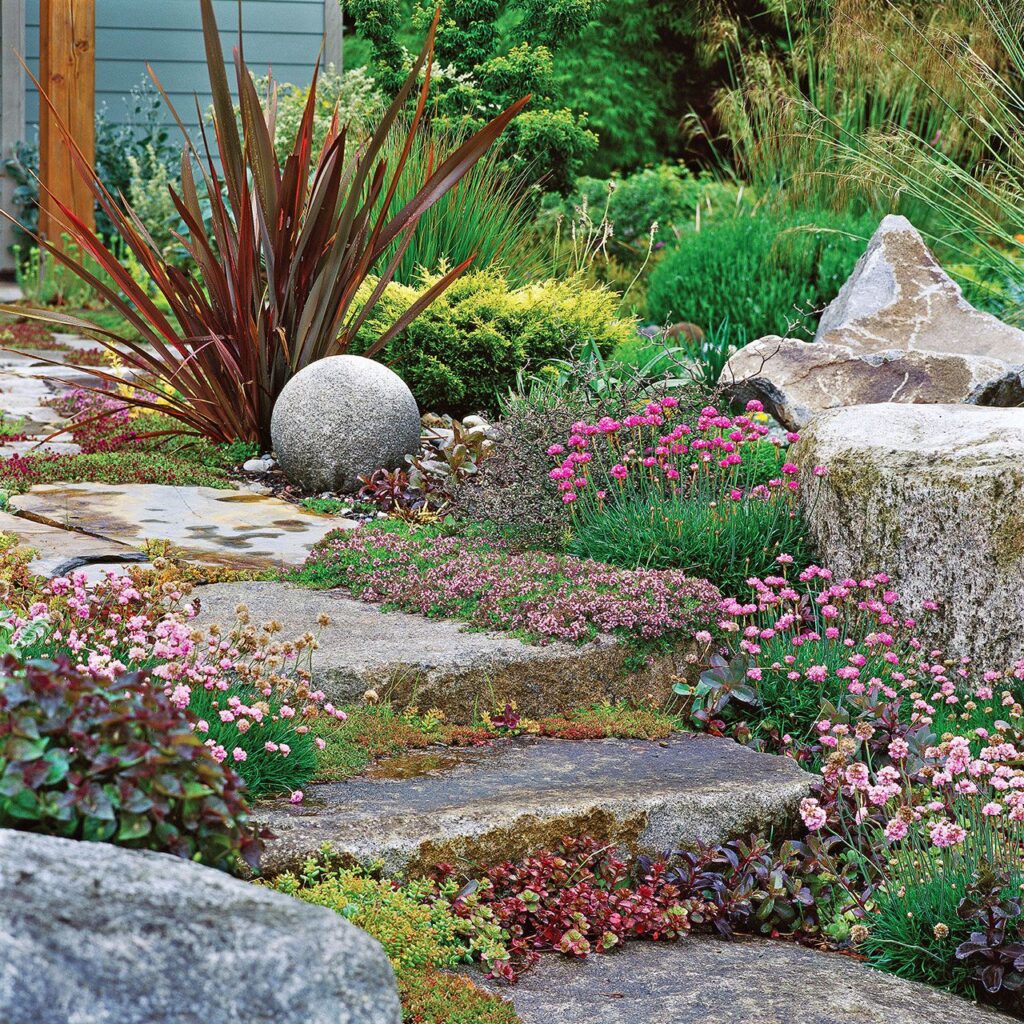
Rock garden slopes bring a natural, rugged beauty to hillside gardens. Incorporating rocks of different sizes provides structural stability while creating pockets for plants to thrive. Low-growing flowering plants such as creeping phlox, sedum, and alpine asters blend perfectly with the stones, offering a harmonious balance of greenery and blooms. Rock garden slopes also attract pollinators and beneficial insects, enhancing biodiversity and adding a serene, alpine-like charm to your garden.
3. Curved Flowing Beds
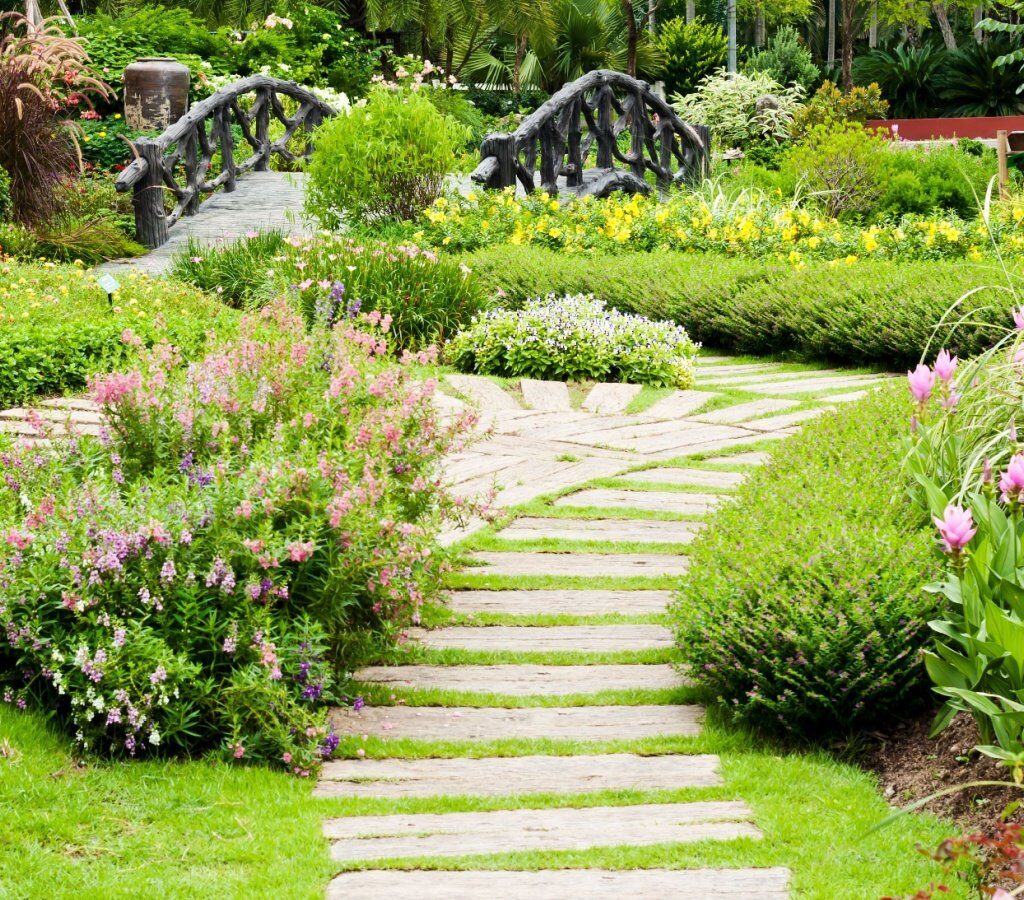
Curved flowing flower beds soften the harshness of a steep slope with gentle, winding lines. This design allows flowers to cascade naturally down the hillside, creating a visually fluid effect. Planting layers of colorful perennials and shrubs in a staggered manner adds movement and depth. Incorporating pathways along the curves provides access for maintenance and allows you to enjoy the garden from different perspectives, making it both functional and picturesque.
4. Mixed Shrub and Flower Slopes
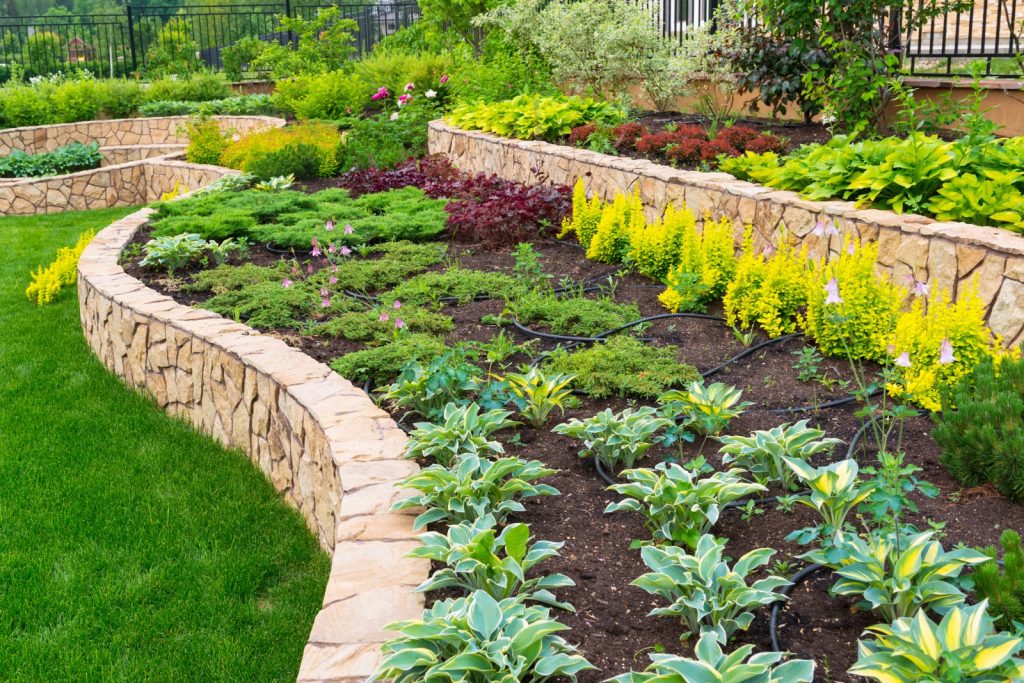
Mixing shrubs and flowers on a slope adds height variation and year-round interest. Evergreens and flowering shrubs act as anchors, providing structure and preventing soil erosion. Between these, interplanting seasonal blooms creates vibrant patches of color that change with the seasons. This combination not only improves garden aesthetics but also attracts birds and pollinators, enhancing the ecological value of your hillside garden. Layered planting ensures a lush, full appearance even in challenging sloped terrain.
5. Cascading Vertical Planters
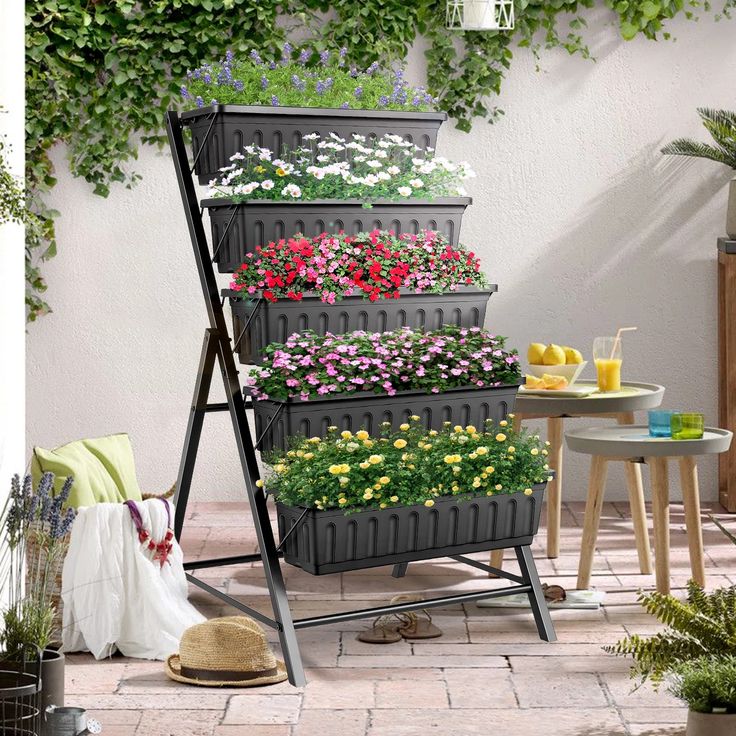
Vertical planters and wall-mounted flower beds are perfect for steep slopes where traditional planting may be difficult. Using tiered pots or modular planters, flowers can cascade downward, creating a waterfall effect of colors and textures. This approach is ideal for herbs, trailing vines, and bright annuals. Vertical flower beds are not only space-efficient but also reduce soil erosion and make watering and maintenance more manageable. They add a modern and artistic flair to any hillside garden.
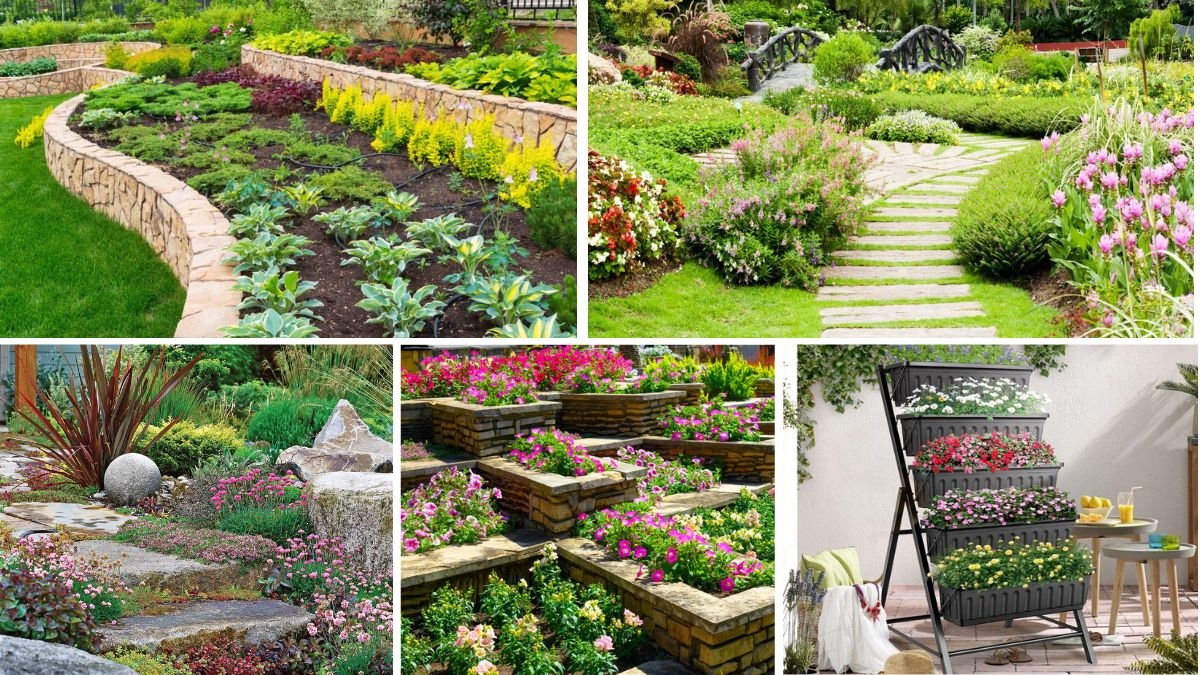
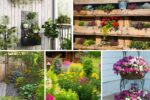
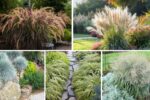
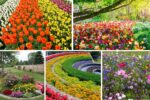


Leave A Comment